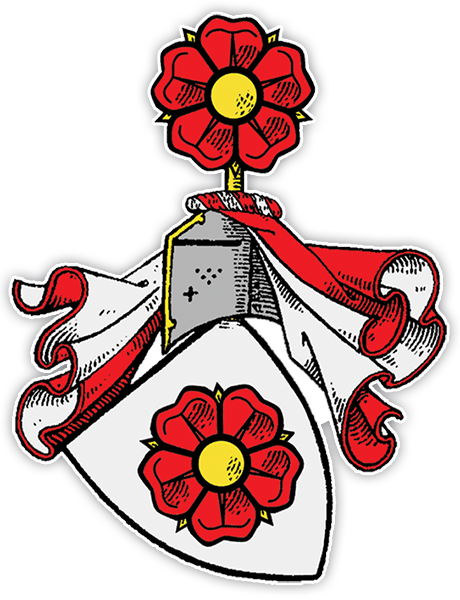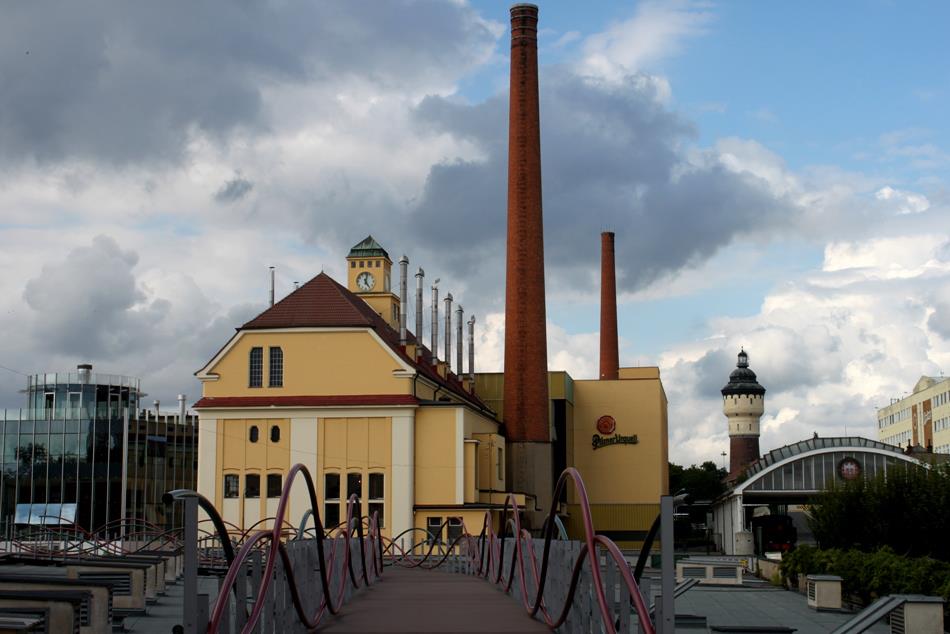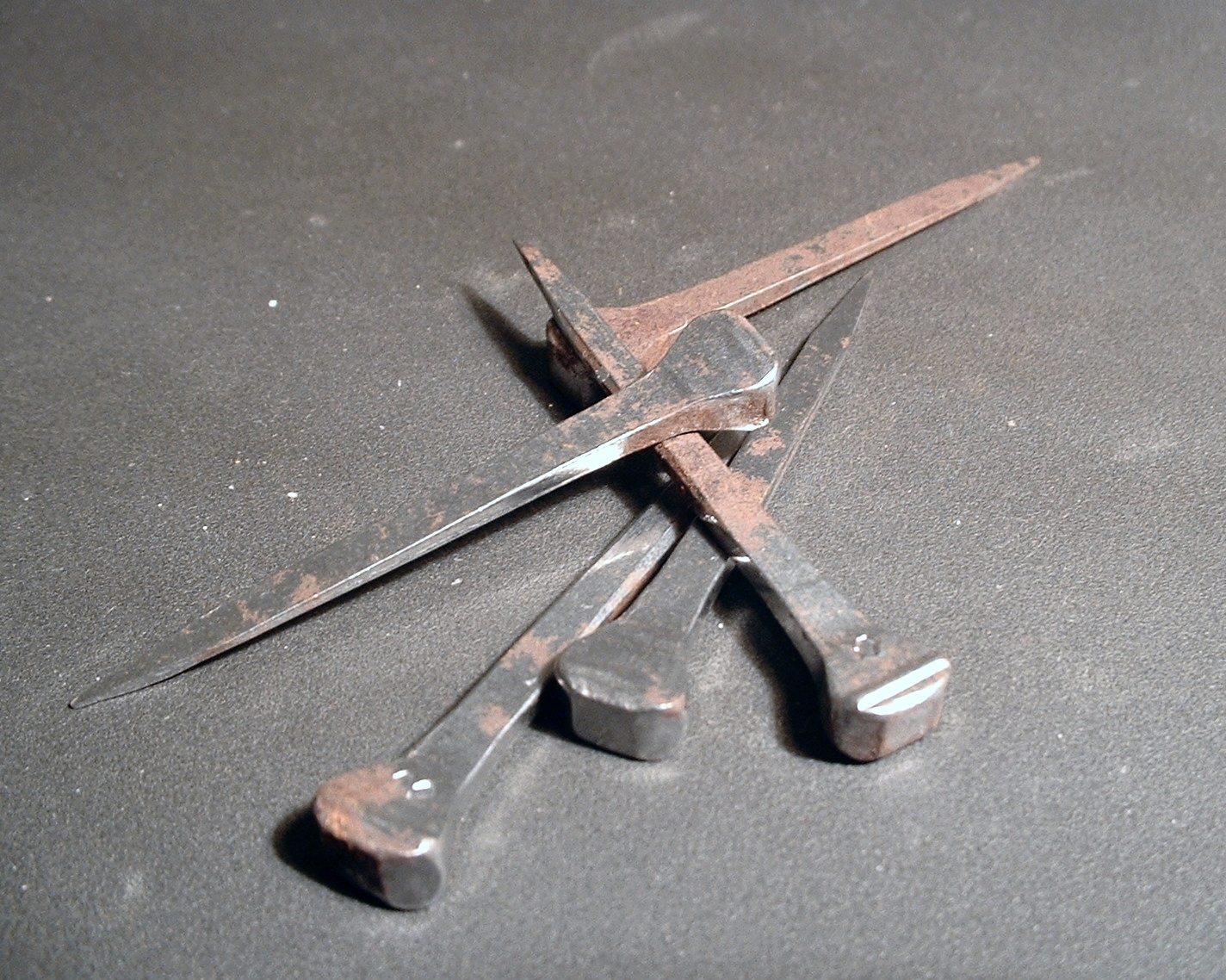|
Hammer Mill At Dobřív
The water Hammer Mill (also Upper Hammer Mill, in Czech also ''Hořejší lub'') at Dobřív near Rokycany is a unique technical monument commemorating the 500-year-old tradition of iron processing in this region of the Czech Republic. Within the Czech Republic, it is considered the most important building of its kind. It is the first technical monument in the Plzeň Region, that was declared a national cultural monument in 2010. The monument is owned by Plzeň Region and administered by the Museum of West Bohemia in Plzeň. History The present brick building was constructed at the beginning of the 19th century in the place of older wooden hammer mills from 1658 and 1701. The rich machinery is dated back to the 19th century. Originally, the hammer mill was used to refine blast-furnace raw iron and to produce bar forgings. After the development of later steel industry technologies, the hammer mill changed over to production of heavy forged tools in the late 1860s. In the second h ... [...More Info...] [...Related Items...] OR: [Wikipedia] [Google] [Baidu] |
Dobřív
Dobřív is a municipality and village in Rokycany District in the Plzeň Region of the Czech Republic. It has about 1,400 inhabitants. The municipality is known for its unique hammer mill. The historic centre is well preserved and is protected as a village monument zone. Administrative division Dobřív consists of two municipal parts (in brackets population according to the 2021 census): *Dobřív (1,053) *Pavlovsko (244) Geography Dobřív is located about southeast of Rokycany and east of Plzeň. It lies in the Brdy Highlands. The highest point is the Žďár hill at . The eastern part of the municipal territory belongs to the Brdy Protected Landscape Area and includes several other hills with an altitude of more than 600 m. The Klabava River flows through the municipality. History The first written mention of Dobřív is from 1325. Demographics Transport The railway line Rokycany–Příkosice passes through the western part of the municipality, but there is no train ... [...More Info...] [...Related Items...] OR: [Wikipedia] [Google] [Baidu] |
Electricity
Electricity is the set of physical phenomena associated with the presence and motion of matter possessing an electric charge. Electricity is related to magnetism, both being part of the phenomenon of electromagnetism, as described by Maxwell's equations. Common phenomena are related to electricity, including lightning, static electricity, electric heating, electric discharges and many others. The presence of either a positive or negative electric charge produces an electric field. The motion of electric charges is an electric current and produces a magnetic field. In most applications, Coulomb's law determines the force acting on an electric charge. Electric potential is the Work (physics), work done to move an electric charge from one point to another within an electric field, typically measured in volts. Electricity plays a central role in many modern technologies, serving in electric power where electric current is used to energise equipment, and in electronics dealing w ... [...More Info...] [...Related Items...] OR: [Wikipedia] [Google] [Baidu] |
Metallurgy
Metallurgy is a domain of materials science and engineering that studies the physical and chemical behavior of metallic elements, their inter-metallic compounds, and their mixtures, which are known as alloys. Metallurgy encompasses both the science and the technology of metals, including the production of metals and the engineering of metal components used in products for both consumers and manufacturers. Metallurgy is distinct from the craft of metalworking. Metalworking relies on metallurgy in a similar manner to how medicine relies on medical science for technical advancement. A specialist practitioner of metallurgy is known as a metallurgist. The science of metallurgy is further subdivided into two broad categories: chemical metallurgy and physical metallurgy. Chemical metallurgy is chiefly concerned with the reduction and oxidation of metals, and the chemical performance of metals. Subjects of study in chemical metallurgy include mineral processing, the extraction ... [...More Info...] [...Related Items...] OR: [Wikipedia] [Google] [Baidu] |
Handicraft
A handicraft is a traditional main sector of craft making and applies to a wide range of creative and design activities that are related to making things with one's hands and skill, including work with textiles, moldable and rigid materials, paper, plant fibers, clay, etc. One of the oldest handicraft is Dhokra; this is a sort of metal casting that has been used in India for over 5,000 years and is still used. In Sistan and Baluchestan Province, Iranian Baluchistan, women still make red ware hand-made pottery with dotted ornaments, much similar to the 4,000-year-old pottery tradition of Kalpurgan, an archaeological site near the village. Usually, the term is applied to traditional techniques of creating items (whether for personal use or as products) that are both practical and aesthetic. Handicraft industries are those that produce things with hands to meet the needs of the people in their locality without using machines. Collective terms for handicrafts include artisanry, ... [...More Info...] [...Related Items...] OR: [Wikipedia] [Google] [Baidu] |
Smelting
Smelting is a process of applying heat and a chemical reducing agent to an ore to extract a desired base metal product. It is a form of extractive metallurgy that is used to obtain many metals such as iron-making, iron, copper extraction, copper, silver mining#Ore processing, silver, tin, lead smelting, lead and zinc smelting, zinc. Smelting uses heat and a chemical reducing agent to decompose the ore, driving off other elements as gases or slag and leaving the metal behind. The reducing agent is commonly a fossil-fuel source of carbon, such as carbon monoxide from incomplete combustion of coke (fuel), coke—or, in earlier times, of charcoal. The oxygen in the ore binds to carbon at high temperatures, as the Chemical energy, chemical potential energy of the bonds in carbon dioxide () is lower than that of the bonds in the ore. Sulfide ores such as those commonly used to obtain copper, zinc or lead, are roasting (metallurgy), roasted before smelting in order to convert the sulfid ... [...More Info...] [...Related Items...] OR: [Wikipedia] [Google] [Baidu] |
Rosenberg Family
The House of Rosenberg ( or ''Páni z Rožmberka'') was a prominent Bohemian noble family that played an important role in Czech medieval history from the 13th century until 1611. Members of this family held posts at the Prague royal (and later imperial) court, and were viewed as very powerful lords of the Kingdom of Bohemia. This branch of the Vítkovci clan was initially founded by Vítek III, the son of Witiko of Prčice. History Around 1250, the Vítkovci clan settled at the Rožmberk Castle in the region of Český Krumlov, then about 1253 erected the Český Krumlov Castle. The Český Krumlov Castle thus became the residence of the Lords of Rosenbergs for the next three hundred years. It was the Rosenbergs who influenced the appearance of southern Bohemia to a great extent. The coat of arms and emblem of this family was represented by a red five-petalled rose on a silver field, which is still often seen in a considerable part of southern Bohemia. Peter I of Rosen ... [...More Info...] [...Related Items...] OR: [Wikipedia] [Google] [Baidu] |
Brdy
Brdy is a range of hills in the Czech Republic, forming a long massif stretching for c. 60 km southwest from Prague. The northern section of the Brdy is called "Hřebeny" and features one narrow ridge (highest elevation Písek - 690 m). The main Brdy range starts south of the Litavka river gorge and consists of several major elevations connected into one plateau, the highest peaks among them being Tok (864 m), Praha (862 m) or Třemšín (827 m). Most of the Brdy is covered by forest, and it is one of the largest contiguously forested areas in the interior of the country. Large sections of the massif are designated as a restricted military area and closed to the public. The Brdy military area has been a source of controversy for several decades. Military area The restricted military area was established in 1925, shortly after creation of Czechoslovakia, to cater for the needs of Czechoslovakia's growing armed forces. It was expanded and used extensively by Third Reich militar ... [...More Info...] [...Related Items...] OR: [Wikipedia] [Google] [Baidu] |
Iron Ore
Iron ores are rocks and minerals from which metallic iron can be economically extracted. The ores are usually rich in iron oxides and vary in color from dark grey, bright yellow, or deep purple to rusty red. The iron is usually found in the form of magnetite (, 72.4% Fe), hematite (, 69.9% Fe), goethite (, 62.9% Fe), limonite (, 55% Fe), or siderite (, 48.2% Fe). Ores containing very high quantities of hematite or magnetite (typically greater than about 60% iron) are known as natural ore or irect shipping ore and can be fed directly into iron-making blast furnaces. Iron ore is the raw material used to make pig iron, which is one of the main raw materials to make steel — 98% of the mined iron ore is used to make steel. In 2011 the ''Financial Times'' quoted Christopher LaFemina, mining analyst at Barclays Capital, saying that iron ore is "more integral to the global economy than any other commodity, except perhaps oil". Sources Elemental iron is virtually absent o ... [...More Info...] [...Related Items...] OR: [Wikipedia] [Google] [Baidu] |
Mining
Mining is the Resource extraction, extraction of valuable geological materials and minerals from the surface of the Earth. Mining is required to obtain most materials that cannot be grown through agriculture, agricultural processes, or feasibly created Chemical synthesis, artificially in a laboratory or factory. Ores recovered by mining include Metal#Extraction, metals, coal, oil shale, gemstones, limestone, chalk mining, chalk, dimension stone, rock salt, potash, gravel, and clay. The ore must be a rock or mineral that contains valuable constituent, can be extracted or mined and sold for profit. Mining in a wider sense includes extraction of any non-renewable resource such as petroleum, natural gas, or even fossil water, water. Modern mining processes involve prospecting for ore bodies, analysis of the profit potential of a proposed mine, extraction of the desired materials, and final mine reclamation, reclamation or restoration of the land after the mine is closed. Mining ma ... [...More Info...] [...Related Items...] OR: [Wikipedia] [Google] [Baidu] |
Plzeň
Plzeň (), also known in English and German as Pilsen (), is a city in the Czech Republic. It is the Statutory city (Czech Republic), fourth most populous city in the Czech Republic with about 188,000 inhabitants. It is located about west of Prague, at the confluence of four rivers: Mže, Úhlava, Úslava and Radbuza, together forming the Berounka River. Founded as a royal city in the late 13th century, Plzeň became an important town for trade on routes linking Bohemia with Bavaria. By the 14th century it had grown to be the third largest city in Bohemia. The city was besieged three times during the 15th-century Hussite Wars, when it became a centre of resistance against the Hussites. During the Thirty Years' War in the early 17th century the city was temporarily occupied after the Siege of Plzeň. In the 19th century, the city rapidly industrialised and became home to the Škoda Works, which became one of the most important engineering companies in Austria-Hungary and later ... [...More Info...] [...Related Items...] OR: [Wikipedia] [Google] [Baidu] |
Czech Koruna
The koruna, or crown (sign: Kč; code: CZK, ), has been the currency of the Czech Republic since 1993. The koruna is one of the European Union's eight currencies, and the Czech Republic is legally bound to adopt the euro in the future. The official name in Czech is (plural , though the zero-suffixed genitive plural form is used on banknotes and coins of value 5 Kč or higher). The ISO 4217 code is CZK and the local acronym is Kč, which is placed after the numeric value (e.g., "50 Kč") or sometimes before it (as is seen on the 10-koruna coin). One crown is made up of 100 '' hellers'' (abbreviated as "h", official name in Czech: singular: , nominative plural: , genitive plural: – used with numbers higher or equal to 5 – e.g. ), but hellers have now been withdrawn from circulation, and the smallest unit of physical currency is 1 Kč. History In 1892, the Austro-Hungarian krone replaced the gulden at the rate of two kronen to one gulden (which is also ... [...More Info...] [...Related Items...] OR: [Wikipedia] [Google] [Baidu] |
Nail (fastener)
In woodworking and construction, a nail is a small object made of metal (or wood, called a tree nail or "trunnel") which is used as a fastener, as a peg to hang something, or sometimes as a decoration. Generally, nails have a sharp point on one end and a flattened head on the other, but headless nails are available. Nails are made in a great variety of forms for specialized purposes. The most common is a ''wire nail''. Other types of nails include ''pins'', ''Thumbtack, tacks'', ''wikt:brad, brads'', ''spikes'', and ''cleat (shoe), cleats.'' Nails are typically driven into the workpiece by a hammer or nail gun. A nail holds materials together by friction in the axial direction and Shear stress, shear strength laterally. The point of the nail is also sometimes bent over or ''clinched'' after driving to prevent pulling out. History The history of the nail is divided roughly into three distinct periods: * Hand-wrought (forged) nail (pre-history until 19th century) * Cut nail (ro ... [...More Info...] [...Related Items...] OR: [Wikipedia] [Google] [Baidu] |










